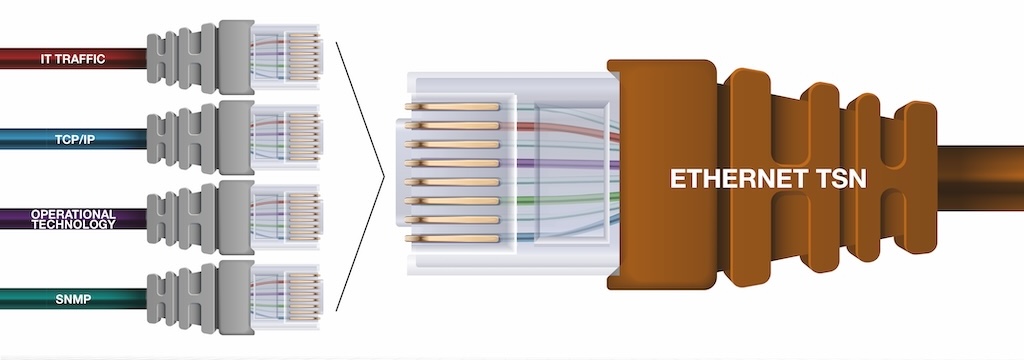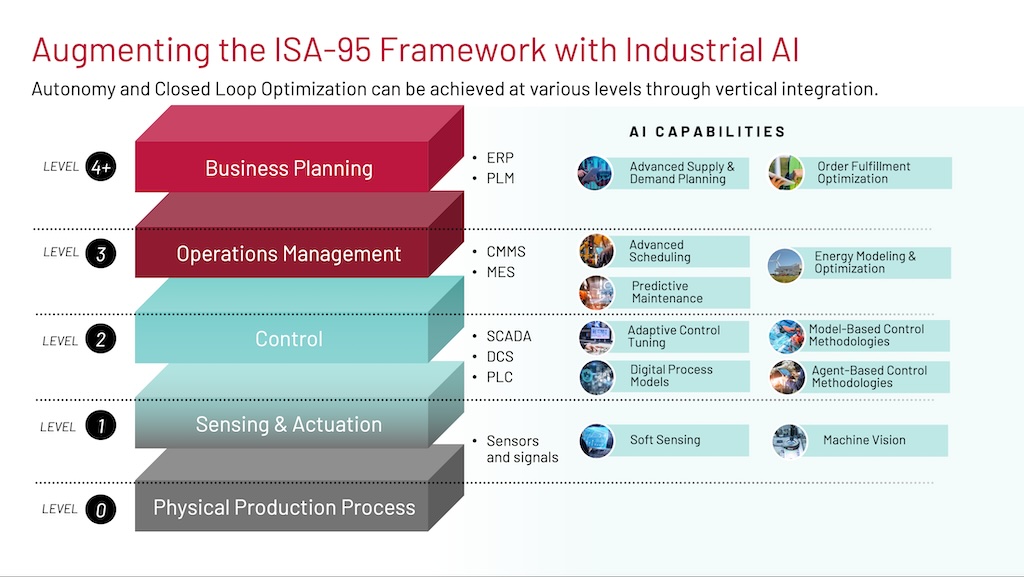Portals are hard to avoid in a world that is rapidly embracing the web as the primary vehicle for information services. As the name implies, portals are doorways to web-based services. People gain access to these gateways by typing a single web address or URL into a browser. While its name implies something mystical, a portal is simply a web page that displays links to other web addresses...
Portals are hard to avoid in a world that is rapidly embracing the web as the primary vehicle for information services. As the name implies, portals are doorways to web-based services. People gain access to these gateways by typing a single web address or URL into a browser. While its name implies something mystical, a portal is simply a web page that displays links to other web addresses, documents, applications and other web services. A portal aggregates information from multiple sources into one web-based entry point.
Portals generally share another attribute that distinguishes them from ordinary web pages. They provide the user with the ability to personalize the information presented. Each portal usually has a “my” feature that allows a user to log on and specify the services displayed on the web page. In this way, a portal is like a Windows desktop. It comes with a default setting, but allows the user to customize the “shortcuts” and information presented.
Portals vary in purpose. Some are internally developed and serve only company users on an intranet. Others are built using third-party portal software and serve a wide-ranging community. Generally they can be broken down into three basic groups: knowledge, application, and enterprise.
Knowledge portals are the most familiar. Anyone using a web search site such as Yahoo or Lycos is accessing a portal. Industry organizations, trading communities, government agencies, and software vendors employ knowledge portals to disseminate information and foster collaboration. Companies use them internally to provide information like HR benefits and policies.
Application portals provide a web front-end to a specific application like e-procurement. In addition to allowing the user to log into the application on the web, they provide knowledge exchange features such as e-mail, documents, and related web links tailored toward the specific application.
As the name suggests, enterprise portals are used to aggregate information and applications across the entire enterprise. They provide a web-based “desktop” that can be used to access multiple applications and share collaborative information at a variety of levels. They are also used as web-based front-ends to legacy applications that aren’t designed to be accessed via the internet.
So, what is the real relevance of portals in information technology and maintenance management? I’ve always thought of them as playing a secondary or supporting role. They appear to enhance the user experience by making it easier and more convenient to access information that would otherwise be obtainable through slightly more arduous methods. But I hardly thought of them as an essential element to any IT strategy.
My somewhat dismissive view is contradicted by the attention that portals are receiving in the software industry and corporate IT departments. There is no shortage of portal products from vendors large and small. Many major corporations are rushing to develop portal strategies. IT trade journals are crowded with articles on portals. All this attention seems to indicate that portal solutions are much more than niche players in the IT community.
A recent visit to a tradeshow opened some doors for me on what portals are really about and their importance in the IT world. I saw a demonstration of SAP’s Enterprise Portals product. SAP got into the enterprise portal business through the acquisition of a pure play portal company called TopTier. While the demonstration featured accessing SAP applications in a portal environment, it did make crystal clear to me that portals are really about productivity and integration.
Productivity was an obvious theme of the demonstration. The center stage of the demo was SAP’s “drag and relate” technology. This feature allows a user to drag a data element from an open window to an icon on the portal page. Once the element is released on the icon, the application associated with the icon is launched using the element as a key field. For example, a maintenance planner can drag a part number from a maintenance application and drop it on an icon associated with a purchasing system. This action would bring up an inquiry screen showing all outstanding purchase orders for the part.
But the demo’s productivity message went well beyond this “drag and relate” feature. The demo provided the applications a hypothetical user needed to do his/her daily tasks. It had key performance indicators and dynamic alerts that allow the user to drill down and investigate the underlying data structure. It listed web links, documents, and public folders pertinent to the user’s job functions. It provided access to these services on a single web page secured by a single user log on. It allowed the user to customize what appeared on the portal web page to suit his/her job function. Essentially the portal page was the user’s desktop for web-based services.
While the demo focused on productivity, it also had an integration message. As the number of applications keeps increasing, so does the challenge of deploying them to end users. In the new economy, workers tend to interact with more and more applications. Corporate IT has the challenge of providing end users with access to all of these systems. End users have the challenge of being efficient while jumping around from application to application. These challenges are complicated by the variety of platforms and architectures supported by many enterprises.
Portals provide IT departments with an instrument for linking disparate applications onto web pages. While they are natural forums for accessing web-based applications, enterprise portal products also provide tools for web enabling legacy systems. Most companies support a wide variety of mainframe and client/server applications. Getting these applications to an increasing number of desktops is a significant challenge. Furnishing end users with a manageable environment to access these applications is even more daunting.
Portal products supply IT departments with an important solution to meet these challenges. They enable companies to make the web the primary delivery device for their information services. This can lower their costs and increase the productivity of their users. It is no wonder why portals are generating so much interest in the corporate IT world. SAP’s Enterprise Portals product is only one solution in a very crowded enterprise portal marketplace. Other portals of note include iPlanet, Plumtree, and Oracle. Companies have a wide choice of powerful solutions to help them meet their needs. These solutions will only continue to evolve.
So why should maintenance be interested? The internet is rapidly becoming the premier delivery device for both applications and information. Portals are going to play a key role in how users access these services. Corporate IT resources are increasingly going to be directed towards portals. As this trend develops, many maintenance professionals are going to be accessing portals to perform their job functions.
If portals are about productivity and integration, then maintenance professionals should be cognizant of their capabilities. Maintenance is no different than other corporate entities. It must turn to an increasing number of information systems and sources to do its job. But it must be able to easily access these diverse systems from its desktops. It must be able to manage these services in an efficient and effective answer. In a web-based world, portals are going to be a key tool in how maintenance and other end-users meet the challenges of managing more and more information.
| Author Information |
| Tom Singer is an information technology consultant who specializes in designing, developing, and implementing systems solutions that meet client operational needs. He has worked both as a developer and integrator of CMMS solutions. He is a principal of Tompkins Associates, a total operation consulting firm headquartered in Raleigh, NC. He can be contacted by phone at 630-472-1524 or by e-mail at [email protected] . |



